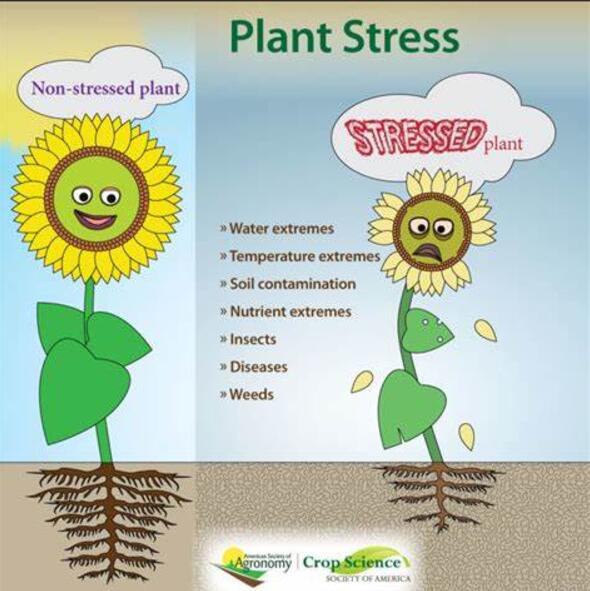Effects of optimized interaction of short-term hypergravity stimulation and nitrate-deficient cultivation in maize root using genetic-immunological algorithms
IF 6.8
Q1 PLANT SCIENCES
引用次数: 0
Abstract
Nitrate is a macronutrient substantial for plant root and shoot growth, however, the availability of nitrate within soil-based and soilless cultivation environments is not consistently optimal, presenting a significant challenge for plant growth and development. Traditional seed stimulation includes scarification, soaking, hormone application and microbial application but they are all invasive. This study pioneered an experimental approach to address the challenges posed by nutrient deficiency in hydroponic environment by integrating Multigene Genetic Programming (MGGP) with immunological computation algorithms, namely Clonal Selection Algorithm (CSA), Ant Colony Optimization Algorithm (ACOA), and COVID Optimization Algorithm (COVIDOA) in determining the exact optimal time exposure to 2 g hypergravity that can induced the growth of three maize genotypes (PSB 92–97, NSIC CN 302, and NSIC CN 282). Through varying dry seed exposure times to hypergravity (6, 12, and 24 h), labeled models gCSA, gACOA, and gCOVIDOA converged to 20.120 h, 22.466, and 19.700 h, respectively, based on the formulated 2-gene model of root-to-shoot ratio as a function of exposure time. Exposure time between 20 and 24 h increased the root-to-shoot ratio (R/S) by at least a factor of 2.631 and the seedling's dry weight by 13.430 g while between 10 and 15 h of exposure reduced the overall biomass. gACOA-treated seedings exhibited an R/S of 3.732 ± 0.067 having the highest uniformity among the control, gCSA, and gCOVIDOA treatments. gACOA-treated seedlings have healthier root hair compared to unexposed seeds after 14 days and revealed the highest rate of increase in metaxylem, xylem, phloem, and radicle diameters with a factor of 3.651 μm/hr, 1.440 μm/hr, 0.872 μm/hr, and 71.602 μm/hr of exposure in 2 g hypergravity. This study implies that stimulating corn seeds using hypergravity can help lessen the introduction of nutrient fertilizers in the long run which could help in reducing the farm expenses.
求助全文
约1分钟内获得全文
求助全文
来源期刊

Plant Stress
PLANT SCIENCES-
CiteScore
5.20
自引率
8.00%
发文量
76
审稿时长
63 days
期刊介绍:
The journal Plant Stress deals with plant (or other photoautotrophs, such as algae, cyanobacteria and lichens) responses to abiotic and biotic stress factors that can result in limited growth and productivity. Such responses can be analyzed and described at a physiological, biochemical and molecular level. Experimental approaches/technologies aiming to improve growth and productivity with a potential for downstream validation under stress conditions will also be considered. Both fundamental and applied research manuscripts are welcome, provided that clear mechanistic hypotheses are made and descriptive approaches are avoided. In addition, high-quality review articles will also be considered, provided they follow a critical approach and stimulate thought for future research avenues.
Plant Stress welcomes high-quality manuscripts related (but not limited) to interactions between plants and:
Lack of water (drought) and excess (flooding),
Salinity stress,
Elevated temperature and/or low temperature (chilling and freezing),
Hypoxia and/or anoxia,
Mineral nutrient excess and/or deficiency,
Heavy metals and/or metalloids,
Plant priming (chemical, biological, physiological, nanomaterial, biostimulant) approaches for improved stress protection,
Viral, phytoplasma, bacterial and fungal plant-pathogen interactions.
The journal welcomes basic and applied research articles, as well as review articles and short communications. All submitted manuscripts will be subject to a thorough peer-reviewing process.
 求助内容:
求助内容: 应助结果提醒方式:
应助结果提醒方式:


